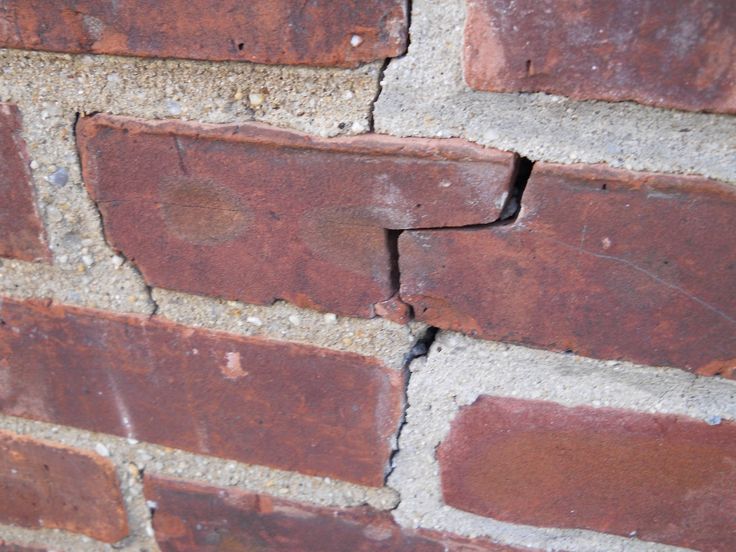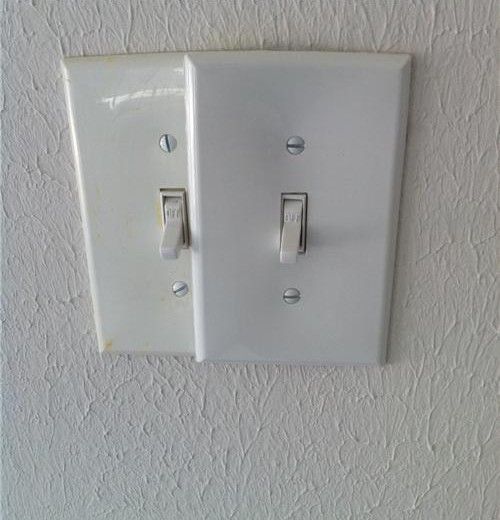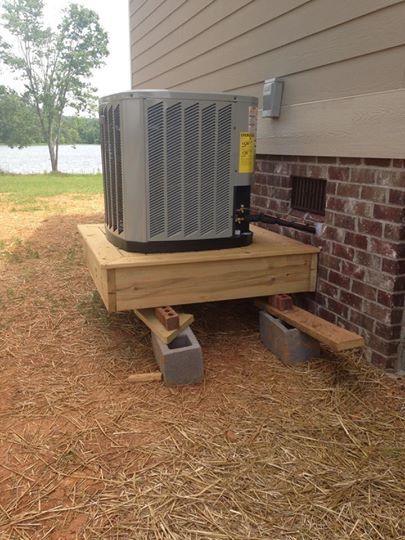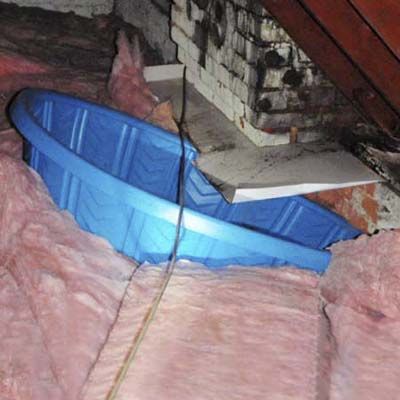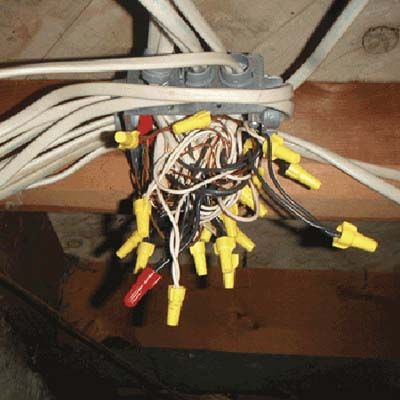Tips for Buyers and Sellers
While a professional Real Estate Home Inspector is your best choice when you're serious about buying a home, there are certain things that you, the buyer or seller, can look for with a simple scan of the house. If you are selling your home, this can be a checklist of items to go over BEFORE you list your home for sale.
1. Cracks in the Drywall - Cracks can be a minor issue in a home, but could signal a more serious problem. Drywall cracks, especially those that run vertically or horizontally, can be a sign of a more serious problem with the foundation. Doors that do not open or close properly can also let you know that the foundation may be in need of repair or evaluation.
2. Wet Spots - These can be common in two story homes. A look up to the ceiling could let you know if anything is leaking upstairs. A trained eye can even determine if the ceiling has been repaired, which could be a sign of past plumbing problems.
3. Cabinets Under Sinks - Checking the cabinets below sinks can let you know if there is or has been water damage. Look for water stains, damp wood, or other signs that indicate a leaking sink.
4. Grout Issues - The bonding agent that holds tiles together can be examined with the naked eye. Cracks in the grout can signal any number of issues, including foundation problems, uneven flooring, improper flooring, etc.
5. Attic Appearance - You may never use the attic, but the house sure does. Having a proper look at the attic lets you know about the insulation, i.e., the type of insulation, the thickness, and if there has been any rodent infestation. It can also let you know the state of the roof.
6. Roofing Issues - Although a professional home inspector can more accurately determine the condition of the roof, a homeowner or buyer can spot some issues themselves. For example, if shingles have been laid over shingles, this is definitely a sign that the roof is in need of repair. Peeling shingles, cracked tiles, and other incongruities in the roof can also be seen with the naked eye and be an indication of roofing problems.
7. Grading - Anyone with a keen eye can spot if the ground slopes water AWAY from the house as it should, rather than towards the house.
8. Basements - While not commonly found in the Hill Country, it's important to understand how to look for water issues in a basement. If a home has water entry issues, the basement will show it. Moldy and wet spots in the ceiling, walls, and uneven flooring can all be signs of serious water intrusion. If the ceiling is soft to the touch, that is an indication of a water problem.
9. Signs of Infestation - When looking in the attic, garage, or inside cabinets, check for wires that have been chewed through, or droppings. Holes in exterior walls and chimneys that are not properly covered can also be signs that rodents have intruded or could intrude into the home.
10. Inspect the Home Inspector - If you are purchasing a home, hire a licensed, professional, real estate inspector who is trained to thoroughly and accurately inspect all systems and components of your home. In Texas, home inspectors are governed by TREC - Texas Real Estate Commission - and are required to complete inspections according to TREC's guidelines. Google the inspector for reviews and testimonials from satisfied clients or complaints from dissatisfied clients. Referrals from friends, neighbors, and members of professional or network organizations are all excellent sources to consider when selecting a home inspector.


